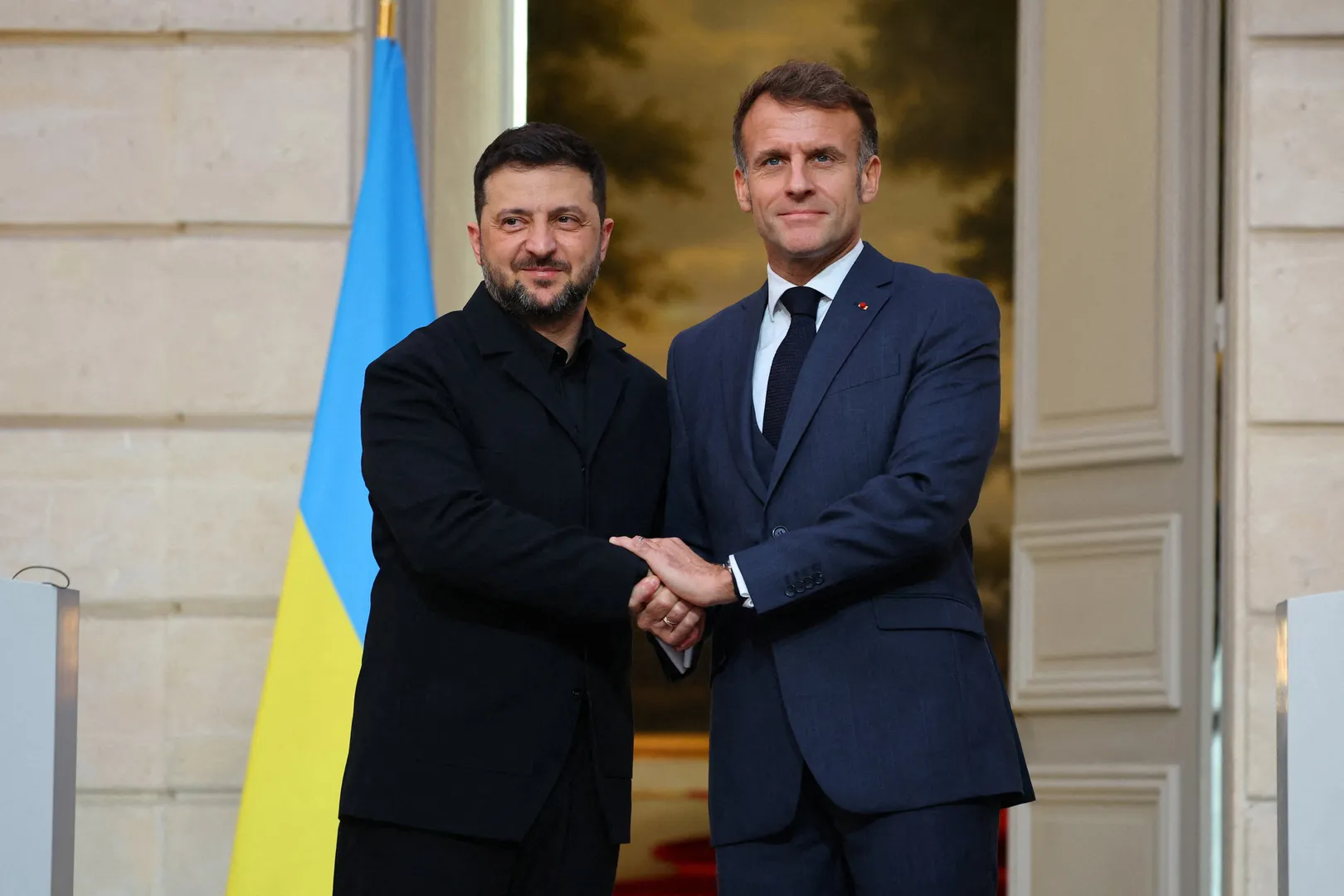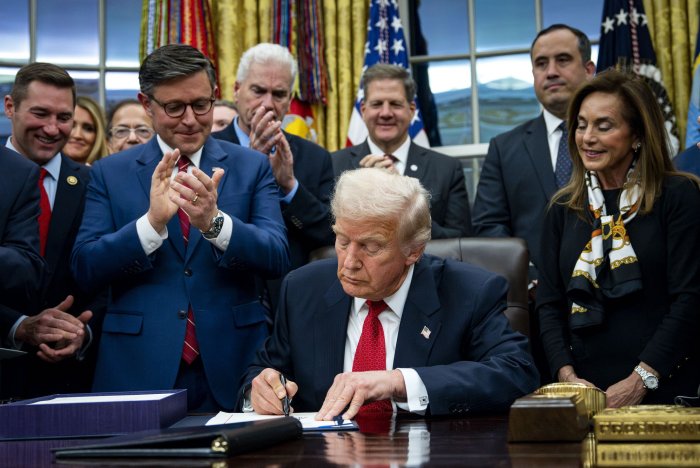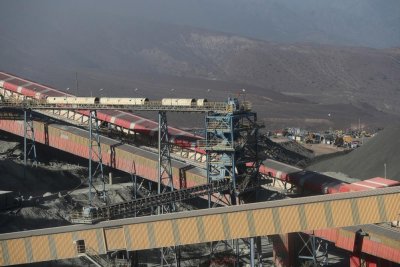The El Teniente mine in Rancagua, south of Santiago, Chile, is the largest underground mine in the world. File Photo by Mario Ruiz/EPA
SANTIAGO, Chile, Nov. 4 (UPI) — Latin America is projected to receive $239 billion in mining investments through 2033, a study by consulting firm PwC indicates. Chile, Brazil, Argentina and Peru are expected to be the main beneficiaries, although most of the projects are not new initiatives.
“It’s a large and strategic figure in absolute terms and competitive compared with other resource-rich regions. Latin America maintains a leading position in transition minerals such as copper and lithium, as well as base minerals like iron,” Carlos Rivas, senior manager for PwC Chile’s mining sector consulting division, told UPI.
The analysis included projects from major mining companies such as BHP, China Shenhua Energy, Rio Tinto Group, Freeport-McMoRan, Zijin Mining Group and Glencore.
Rivas said much of the projected investment is needed for companies to maintain production levels amid declining ore grades and increasing environmental, social and governance requirements.
“New capital investment is required to address issues such as environmental permits, water, energy and logistics needs, and to diversify supply in the face of global concentration risks,” Rivas said.
Chile, which accounts for 22% of global copper production and 17% of lithium output, will receive the largest share of investments — about $83.2 billion — of which only 20% is earmarked for new projects.
“The predominance of brownfield projects [those developed on existing sites or infrastructure] at 80% reflects the maturity of Chile’s mining assets and a rational strategy,” Germán Millán, a partner in PwC Chile’s mining sector consulting division, told UPI.
“These projects generally carry lower financial risk and involve faster permitting processes. Exploration continues, but it competes for capital with emerging hubs such as Argentina and faces longer development cycles,” he said.
Millán said expansion projects include a significant component of technology investment that is highly relevant to the industry.
Brazil is projected to attract about $68.5 billion in mining investments, while Peru is expected to receive roughly $54.6 billion over the next eight years, with 60% of those projects focused on new developments.
Millán cited Argentina, where investments of about $33 billion are projected, with 70% of the total earmarked for new projects.
Among greenfield projects — those launched from scratch — new initiatives stand out in mining districts such as Vicuña, with ventures like Filo del Sol for copper, gold and silver exploration and Josemaría, which is related to copper.
Under development scenarios, Argentina could reach 1.2 million metric tons of copper production within a decade.
“For that to materialize, infrastructure must be secured in areas such as water, energy, roads and ports, along with predictable permitting processes, strong community engagement and access to capital,” Rivas said.
He added that with Chile’s support and expertise, “Argentina’s learning curve could be accelerated. There is strong growth potential if institutional frameworks, infrastructure and financing align, with partnerships that share risk and accelerate the development of studies and the execution of projects.”
PwC’s Mine 2025 study noted that the global mining supply is becoming increasingly concentrated, and that “in several cases, there is a growing mismatch between where mineral reserves are located and where they are produced. This situation creates both opportunities and supply risks.”
For copper, Chile and Peru remain among the world’s leading centers of production and reserves, reinforcing their role in new value chains despite rising output in other jurisdictions, such as the Democratic Republic of Congo.
For lithium, Australia, Chile and China lead production, while the largest reserves are situated in the Lithium Triangle — Chile, Argentina and Bolivia — “opening room for further development and potential cross-border synergies in South America. This concentration calls for responsible diversification and solid investment frameworks,” the report said.





